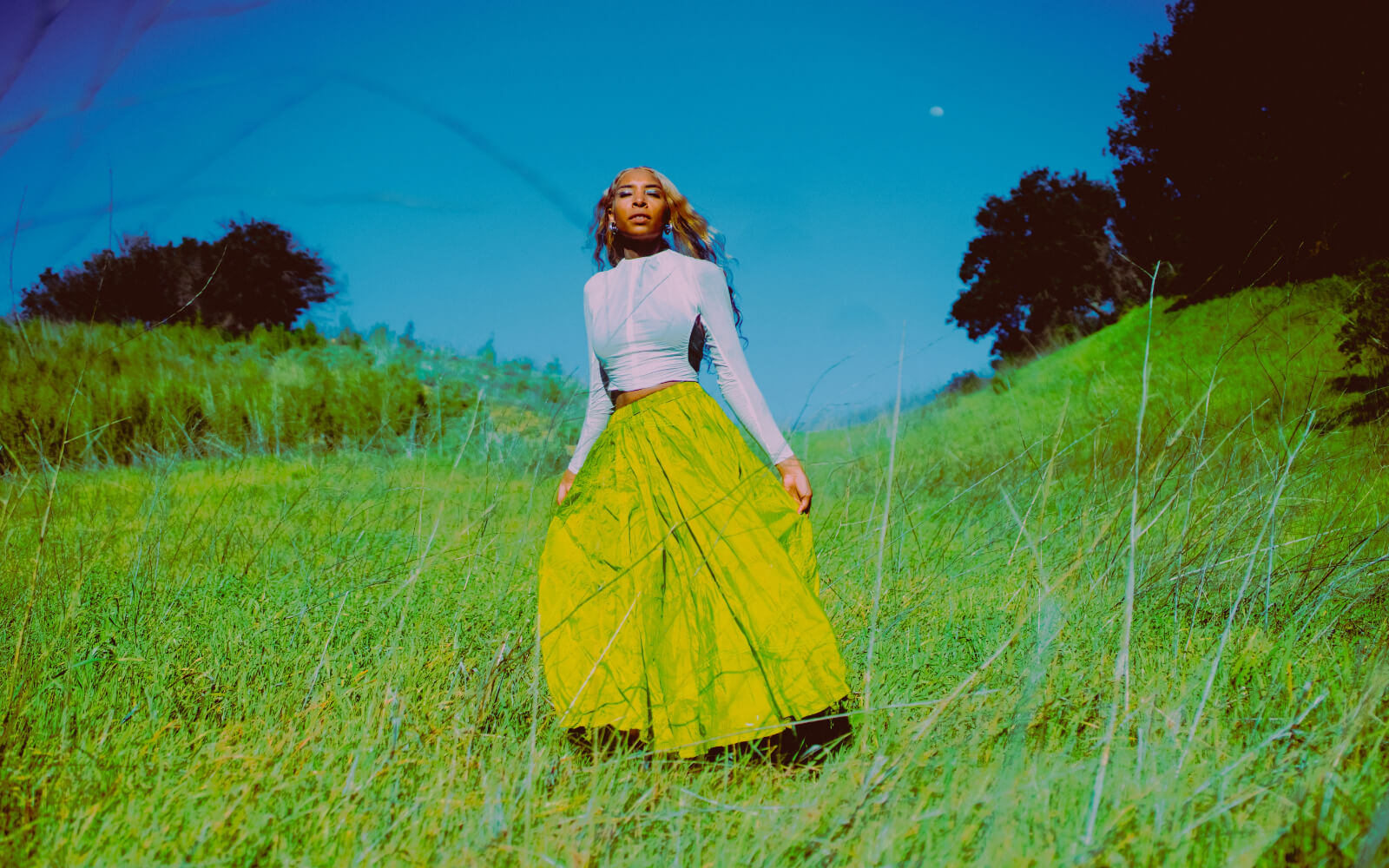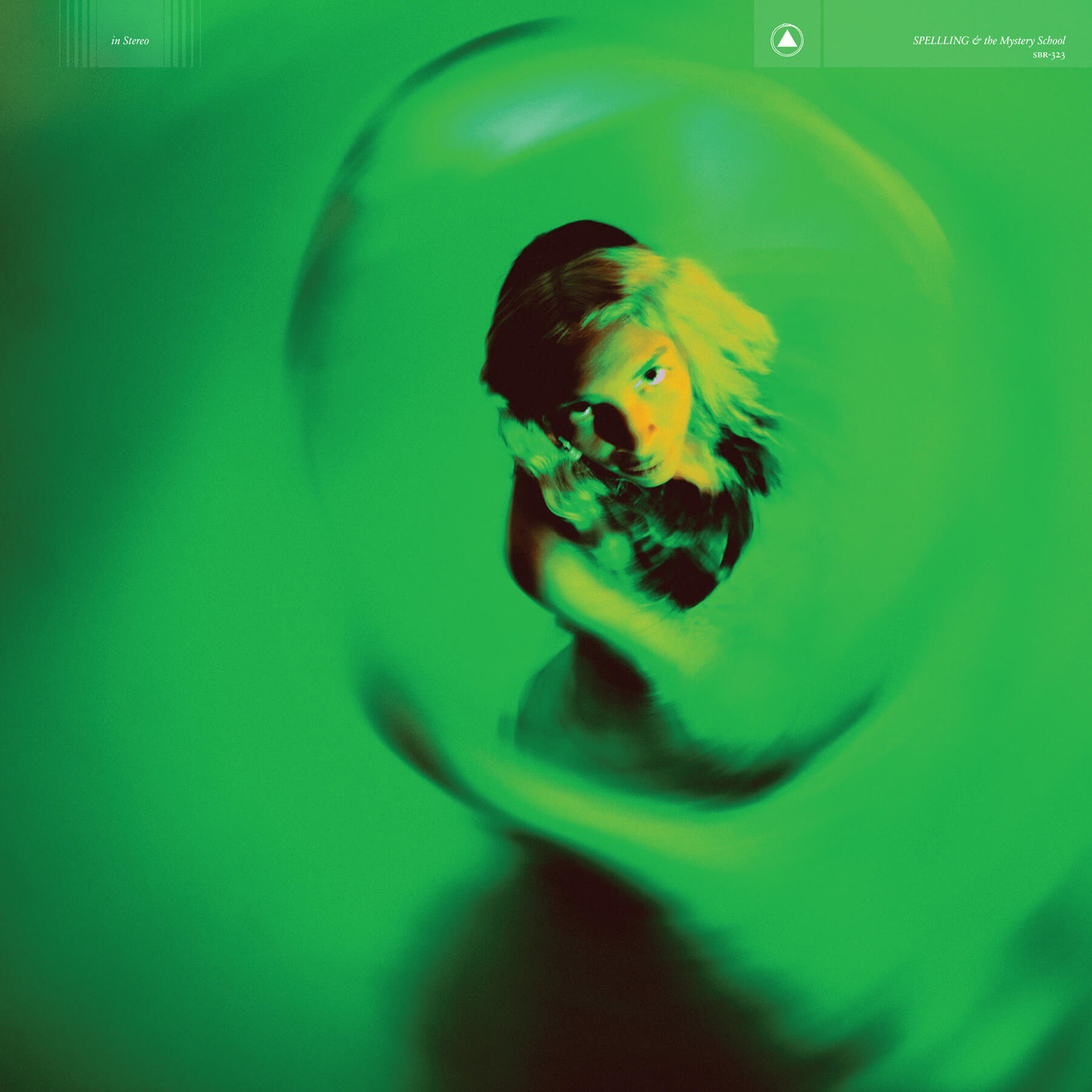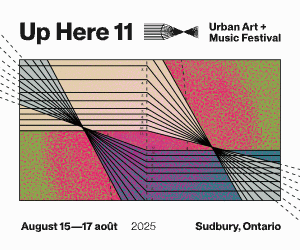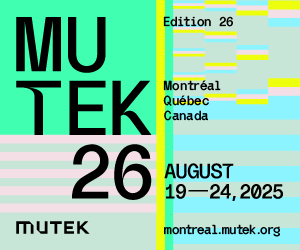SPELLLING Unravels the Mystery
Inspired by childhood fairy tales and Buffy Sainte-Marie, Tia Cabral is one of the most captivating artists working in music today.
By Ben Boddez
- Published on
Cabral took these themes even further on her last project, 2021’s widely acclaimed The Turning Wheel – a concept album that played with themes of religion, rebirth and reincarnation while comparing the cycle of human life to the endless revolutions of a rotating wheel. Now, she’s bringing it all together on Spellling & the Mystery School, an album that finds songs from her first three albums in a new stage of their life journey, reinvented with new arrangements. For Cabral, however, it’s simply a privilege to get to play around once more with a living, breathing musical concept that already exists, birthed into the world and released from her possession as soon as they actualized outside of her mind.
“The ones that I chose are the ones that emanated the most core concepts for each project,” she says. “The ones I felt deserved a little bit more attention and spotlight. It’s really fun to examine the life cycle of a song, because I feel like it’s something that exists outside of me. It’s something that already was there, and I can mould it into SPELLLING’s version. But in my greater metaphysical concepts of music, sound and art, I feel like it exists there, and I’m doing it my way.”

One of the main reasons why The Turning Wheel was such a revelation was Cabral’s sudden use of endlessly dynamic, fuller instrumentation that came from an orchestra of 31 musicians – whereas her first two projects, 2017’s Pantheon of Me and 2019’s Mazy Fly, were sparser, eerie and experimental affairs that mostly found Cabral’s captivating, witchy timbres singing over little more than her own synth arrangements, her vocal gravitas telling all the story we needed. Now that she’s taken her work out on the road with a full band, it was just another way that her tracks started to take on a life of their own as fans were enraptured by heavier moments and captivating breakdowns that developed naturally while on tour. It almost feels like Cabral is retroactively Turning Wheel-ifying her work.
“We recorded it at Tiny Telephone, which is a studio just down the street from my house in Oakland, which was really nice – it’s like a two-minute walk,” she says. “We would lay down the whole base, and we tried to perform it in one take, make it as live as possible, and then do minimal dubbing or layering. But then after I got all the material, I couldn’t help but still want to go in and do subtle additions in my home studio with synths and stuff. I definitely spent way too long finessing all the little sounds that are panning around.”
Cabral’s extra hours in the studio certainly paid off – many have already praised just how all-encompassing and borderline hypnotic it can feel to listen to her work, since there certainly aren’t many who have so many spellbinding, virtuosic, surprising or just plain catchy instrumental elements to pay attention to at all times.


She was well-prepared for careful assembly by the COVID pandemic – because judging from its 2021 release date, the mastery of The Turning Wheel was built through having to coordinate performances from those aforementioned 31 musicians over Zoom calls. While Cabral might have once said that her shyness made these digital one-on-one sessions preferable, experience has made her a lot more confident stepping into the conductor’s role in person and she doesn’t look back on the gruelling process fondly.
“I was working on all twelve songs simultaneously, like ‘That one needs the bassoon, that one needs the harp,’ and I don’t want it to go down like that again because it almost broke me,” she says. “I think having myself be in the driver’s seat 100 per cent, I’m thinking whatever’s next to come, it can’t be as complicated as that. No matter what your background, skill level or techniques are, it’s part of the process to have the challenge of communicating what’s in your heart and what’s in your ear to someone else, but I feel more okay with things being a little awkward, or to sound really silly singing something.”
Instead of sounding silly on the record, the drama-laden bed of instruments that come in to support her trademark vibrato give her the space to deliver each one of her existentialist lyrics with firm conviction: there’s something about the way she describes the birth of a star on the new version of “Under the Sun” that makes it sound like she was a first-hand witness.
“I’m not trying to top the originals, I just think it’s awesome to have a version with a different character to it, but I didn’t know that they could get more dramatic than they already were. And they definitely did,” she says.

Another way that Cabral’s sugary-sweet yet urgent vocals have often been described is that of a fairy or Disney princess cast into some kind of a dark dimension – although Cabral often gets surprised by commentary ascribing childlike innocence to her sound (“Um, did you read the lyrics?”). Actually, Cabral has a long history behind her fascination with fairy tales, one that she intends to continue applying to her aesthetic throughout her career as she prepares to play a gig at her hometown’s Children’s Fairyland, a whimsical, figurine-filled theme park that her mother frequented as a youth. The park is even said to have inspired Walt Disney.
“It feels like full circle because in one of my early interviews with Pitchfork, we were walking around Fairyland and I was like ‘I would love to play a show here!’ It was just spitballing, but it’s actually going down and I still feel like I’m going to wake up and it isn’t,” she says.
“I think fairy tales are good at getting right to the heart and soul of difficult and scary aspects of the world. It’s not like they’re always about following your dreams – those are always elements, but they’re also giving you subconscious tools for grappling with uncertainty and processing it in a really sincere and pure way. That’s what I strive for with my lyricism too: I want to be boiling down big emotions into their most pure forms. A digestible, synthesized version of a larger, abstract concept.”
“I think fairy tales are good at getting right to the heart and soul of difficult and scary aspects of the world.”
Raised in the Catholic Church, the religious themes that often appear in her work intersect with the fairy tales – both offer stories as ways to form an understanding of the world and how to deal with the things in them. Even the title of her latest came from a discussion with her father, who told her about “mystery schools” founded by early Christian mythics intending to spread their own ideas about religion to students.
Speaking of schools, however, much of Cabral’s work has actually been created as part of final projects while studying at Berkeley’s art program, which she graduated from in 2019. Seeing music as more of a hobby – sometimes even a distraction as she focused on her academic studies – she only started pursuing it after the sudden death of a college roommate who dabbled in creative disciplines all over the spectrum inspired her to follow her artistic whims. Looking back on it now, however, Cabral is grateful for the unique approach she took.
“In some ways being in school was the validation I needed to justify what I was doing, because I didn’t perceive music as a viable career path or calling for myself. There’s a part of me that has a need ingrained in me to be working towards achievable goals, and I was like ‘If I’m literally in grad school, this is as legitimate as I can get, right?’” she says. “I took the scenic route to reshaping my perception of what labour is. I still do work at a really slow pace, and that’s okay – there’s this culture of ‘what’s next,’ but I feel like all my favourite songs have come from doing the work slowly and waiting until it comes to you in a random conversation like this one.”
As she continues to push forward south of the border, Cabral will always have a Canadian icon in mind – Buffy Sainte-Marie, an artist that she’s said is “like God” to her and whose “Little Wheel Spin and Spin” contributed heavily to the concepts behind The Turning Wheel. When asked what makes Sainte-Marie so special to her, Cabral once again drew on the idea of making music that lives on not as a possession of one artist, but as its own entity, free for the entire world to draw upon.
“She was a pioneering figure in many different situations when it comes to music and technology, the first person to utilize synthesizers in certain ways in her genre of music,” she says. “All of these things that she was a trailblazer about, but she never ceased to carry humility and have an open heart. It’s easy to become bitter or jaded when you’re giving a lot and maybe people aren’t receptive to it. It gives me inspiration to be like ‘This belongs to the world; my art belongs to everybody.’”
As Cabral continues to blaze trails of her own, having the kind of creative spirit to reinvent herself while drawing even further wonder out of tracks that were already seen as perfect by many should keep her wheel turning for quite a long time.
By Leslie Ken Chu
The rock stalwarts lean into vulnerability and nuance, proving that evolution doesn’t have to mean softening the blow.
By Cam Delisle
The pop veteran beamed into Rogers Arena Tuesday night with a glitchy arsenal of remixed hits—some faring better than others in her AI-styled end-of-the-world fantasia.













